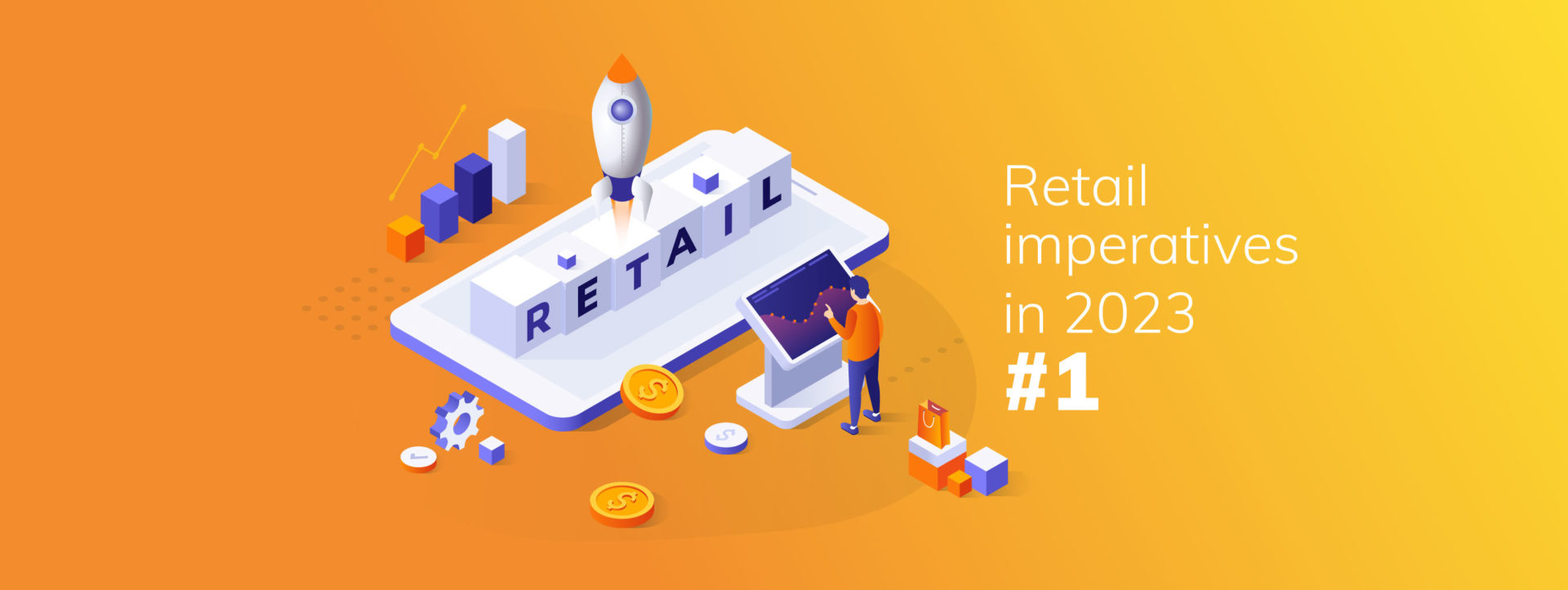
Q&A: What Leading Merchandising Teams Get Right About Planning Transformation
A conversation with Board’s Head of Retail Solutions We sat down with the Head of…

What are the key imperatives for retail leaders in 2023? Find out in this blog series! Each week, we’ll explore a new topic that should be top-of-mind for retailers.
I can’t predict that 2023 trading conditions will be any better for retailers, but I can confidently say that it won’t be similar to last year. So, what should retailers do to avoid a repeat of 2022?
My take? It starts with a laser focus on planning efforts that help you exit in a stronger financial position, ready to accelerate the business when uncertainty eventually subsides. Easier said than done, true, BUT innovation within traditional planning processes are available to retailers NOW, helping to make an essential first step to improving profitability.
Why? To put this year’s profitability challenge into context, it’s about doing more with less. Gartner predicts that by 2024, tier 1 retailers in North America and Europe will reduce inventory carrying costs by 30%, dramatically improving free cash flow for digital investment while revamping balance sheets.
The DNA of global economics is being challenged; the WEF refers to this as the ‘Great Reset,’ where both urgency and cooperation will be vital in navigating through and beyond current economic models. From a planning perspective, I can see many parallels in terms of simultaneously fixing and transforming planning. However, most of my conversations with retailers are focused on easy-to-execute and consumptive change that yields rapid results, not so much of a ‘Great Reset’ but more of a necessary rolling reset.
In looking to challenge the economics of their current operating models, many retailers are turning to data and insights for support. It’s good, but probably not sufficient to keep pace with the evolving economics of retail.
Resetting your planning baseline is a powerful transformation opportunity for retail this year, enabling better agility, resilience, and profitability. In merchandise planning, we can reset profitability through better alignment with your customer. Typically there are three dimensions we need to consider:
Improved customer alignment of merchandise and supply plans requires better decisions at the product and channel levels daily. For some retailers, this can still be challenging. However, to truly drive profitability, we also need new approaches that span the entire value chain and planning horizon to get the full value of a planning ‘reset’:
Intelligent transformation is the adoption of an automated, fact-based approach to planning. It includes state-of-the-art planning tools capable of solving traditional retail merchandising and supply chain challenges with data, automation, and collaboration, as well as more intelligent ways of working to drive a positive impact on leadership, functional skills, and business partnering.
Through these new digital ways of working, intelligent transformation extends beyond traditional planning technologies, redefining how stakeholders collaborate, the organization’s approach to decision-making, and how management processes are conducted toward the enterprise.
To learn more about intelligent transformation in retail, check out the Board Blog.
You can also use the links below to quickly find the other blogs in this series:
Discover three steps to help retailers plan for and achieve better profitability with Intelligent Planning